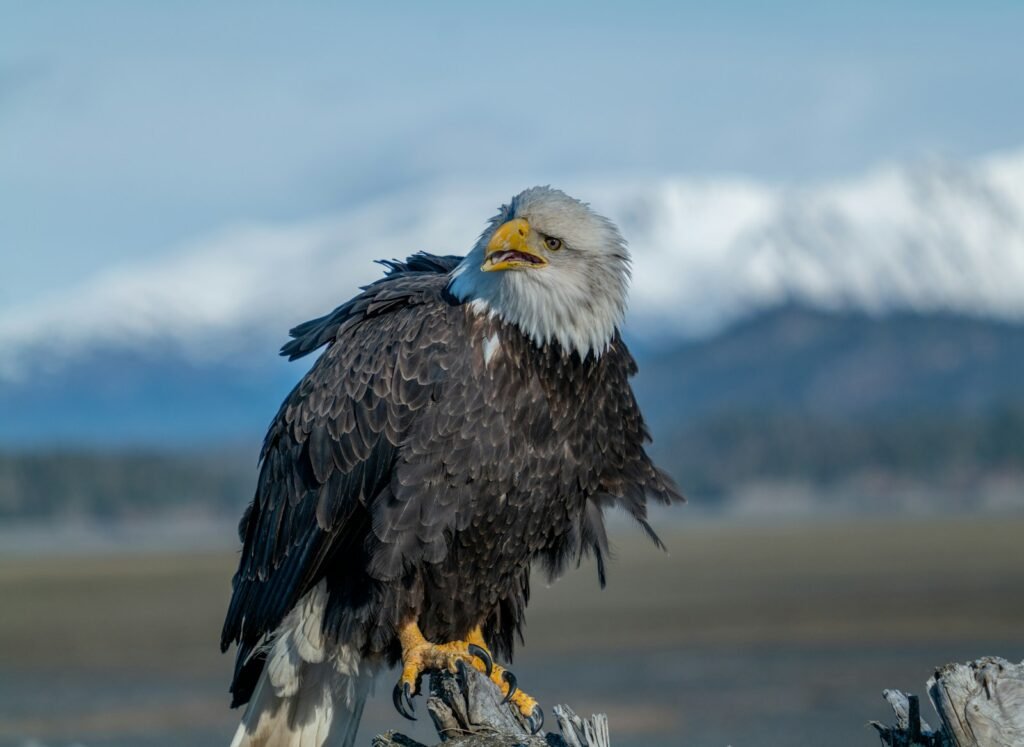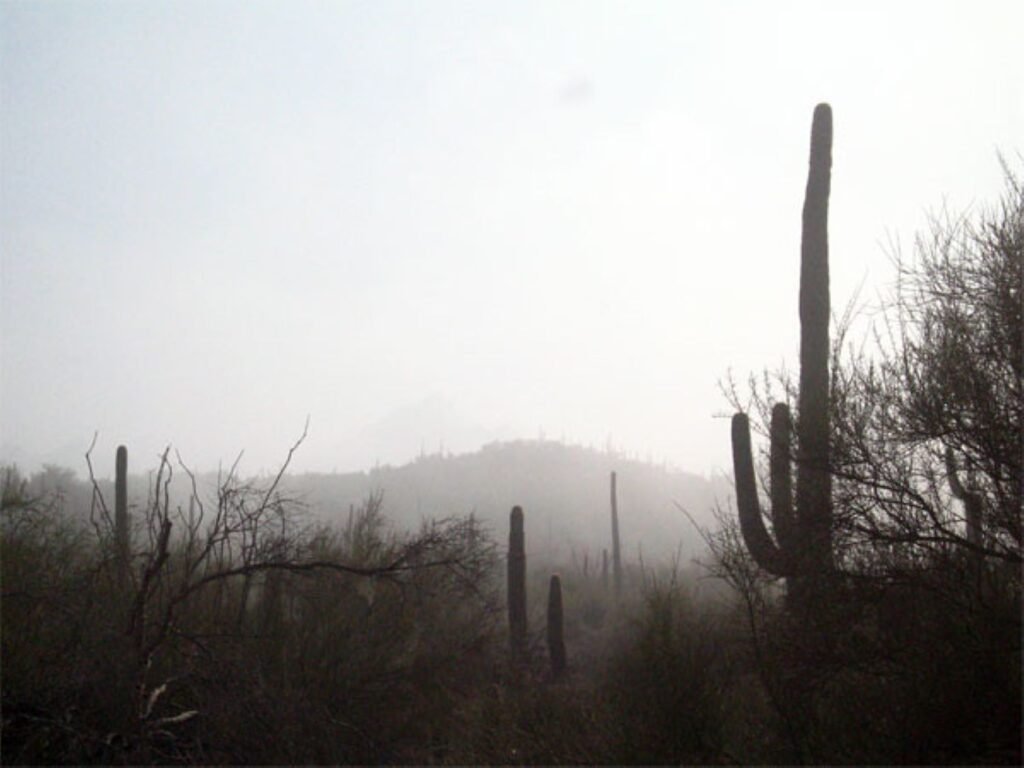Imagine standing in the heart of Kansas, with golden wheat fields stretching as far as the eye can see. Now, picture those rolling plains submerged beneath a vast, mysterious inland sea teeming with breathtaking monsters and ancient wonders. It’s almost impossible to believe, but long before Kansas became the land of sunflowers and tornadoes, it was home to one of the most spectacular underwater worlds our planet has ever known. The bones of these prehistoric giants still whisper secrets from the limestone and chalk that lie just beneath our feet. Let’s journey back through time and discover 10 extraordinary ancient sea creatures that once ruled the Kansas seaway—creatures so strange, some seem almost too wild to be real.
1. Mosasaurus: The Tyrant of the Western Interior Sea
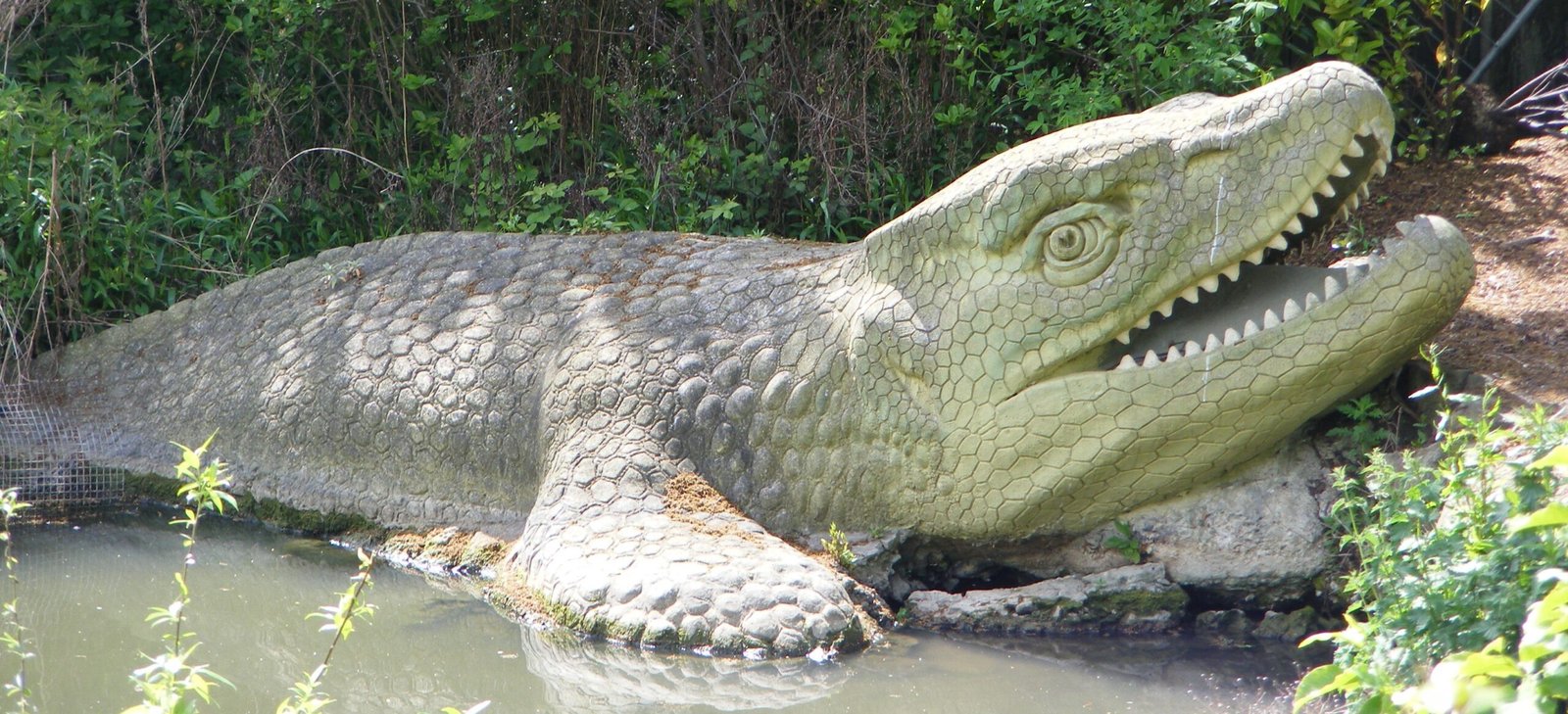
The Mosasaurus was the undisputed king of the ancient Kansas seas. Picture a creature longer than a school bus, with jaws packed full of razor-sharp teeth—this was the ocean’s answer to the T. rex. Scientists believe Mosasaurus could grow up to 50 feet long and was a top predator, devouring anything unlucky enough to cross its path. Its body was sleek and powerful, built for speed, with paddle-like limbs that let it rocket through the water. Fossils of Mosasaurus have been unearthed all across Kansas, a chilling reminder that these plains once echoed with the silent terror of this monstrous lizard. Imagine swimming in water knowing such a beast could be lurking just below!
2. Pliosaurus: The Jaw That Shook the Seas
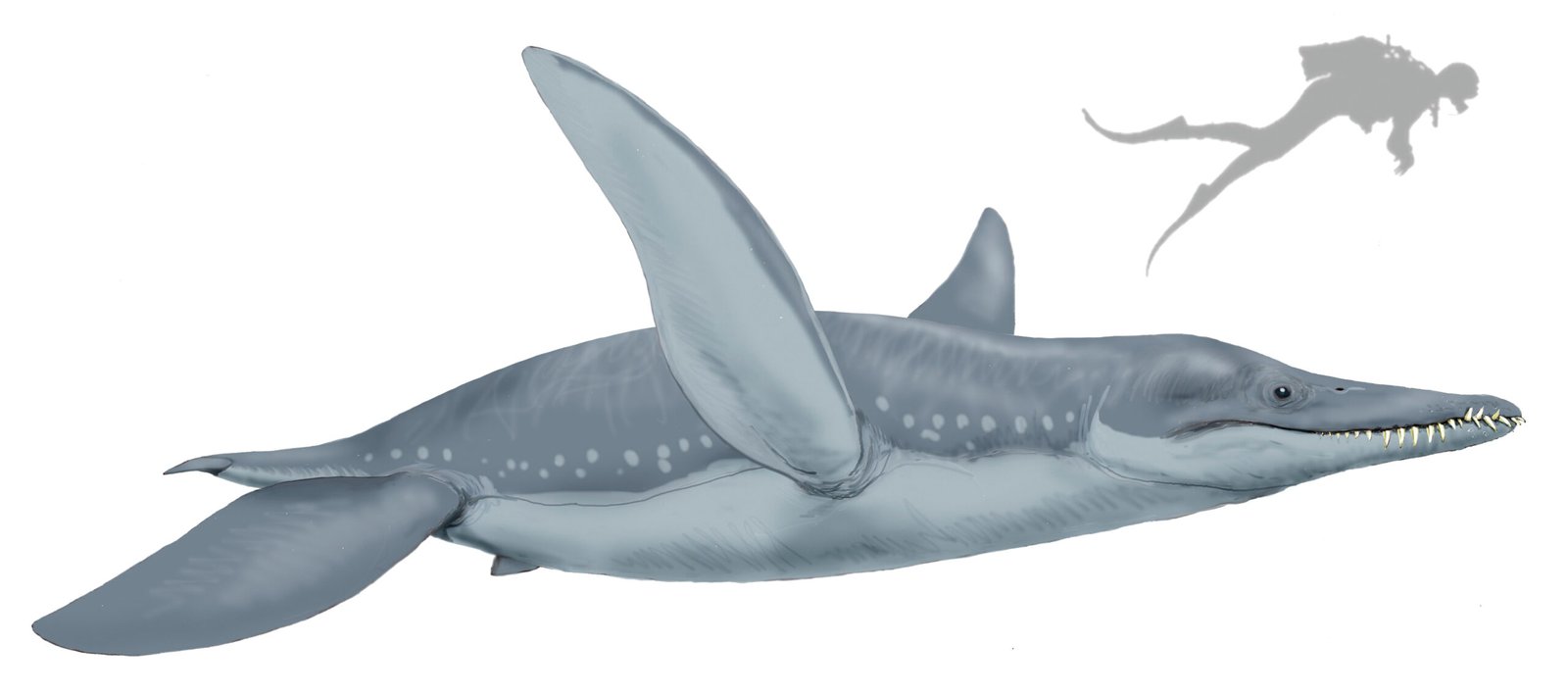
If Mosasaurus was the king, the Pliosaurus was the grim reaper. This ancient marine reptile sported an enormous skull and a bite force that could smash through bone. With a short neck and a massive, torpedo-shaped body, Pliosaurus was built for ambush. It would glide through murky waters, then lunge with terrifying speed at fish, squids, and even other marine reptiles. Some Kansas fossils suggest individuals reached lengths over 40 feet. The Pliosaurus was the very definition of an apex predator, turning the ancient oceans into a true battleground.
3. Xiphactinus: The Nightmare Fish
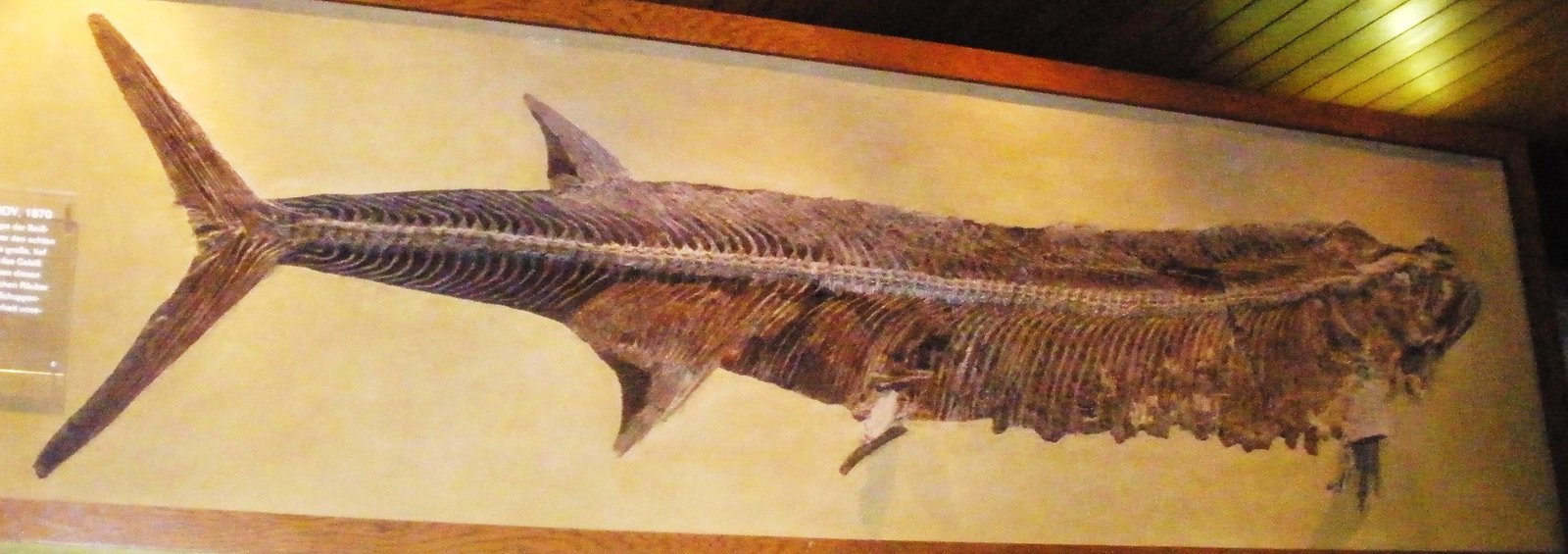
Forget what you know about fish—Xiphactinus was more like a swimming nightmare. Reaching lengths up to 20 feet, this predatory fish had a mouth bristling with needle-sharp teeth and a sinister grin to match. Fossilized remains found in Kansas often contain the bones of smaller fish inside their stomachs, sometimes so large they burst through the predator’s ribcage. Xiphactinus wasn’t just big; it was bold, attacking prey almost as large as itself. Its sleek, streamlined body made it a lightning-fast hunter, and its fossilized bones tell stories of a world where only the fiercest survived.
4. Tylosaurus: The Kansas Sea Dragon

Tylosaurus was another formidable mosasaur that haunted the Kansas seaway. It could reach lengths of over 45 feet, with a long, slender snout perfect for ramming and catching prey. Unlike its cousin Mosasaurus, Tylosaurus had a special knack for ambushing turtles, fish, and even other marine reptiles. Its fossils are so common in Kansas that it’s sometimes called the “Kansas Sea Dragon.” Imagine a creature with the body of a crocodile, the tail of a shark, and the hunting instincts of a lion—all wrapped into one relentless predator.
5. Pteranodon: Lords of the Ancient Skies

While not strictly a sea creature, Pteranodon soared above the Kansas sea, diving for fish with skillful precision. Its wingspan could reach up to 23 feet, making it one of the largest flying animals of all time. With its toothless beak and distinctive cranial crest, Pteranodon is one of the most iconic fossils found in Kansas. These ancient flyers would have filled the sky, swooping and gliding over the open water, snatching up prey with effortless grace. Picture a flock of giant, dragon-like birds silhouetted against a Cretaceous sunset.
6. Cretoxyrhina: The Ginsu Shark
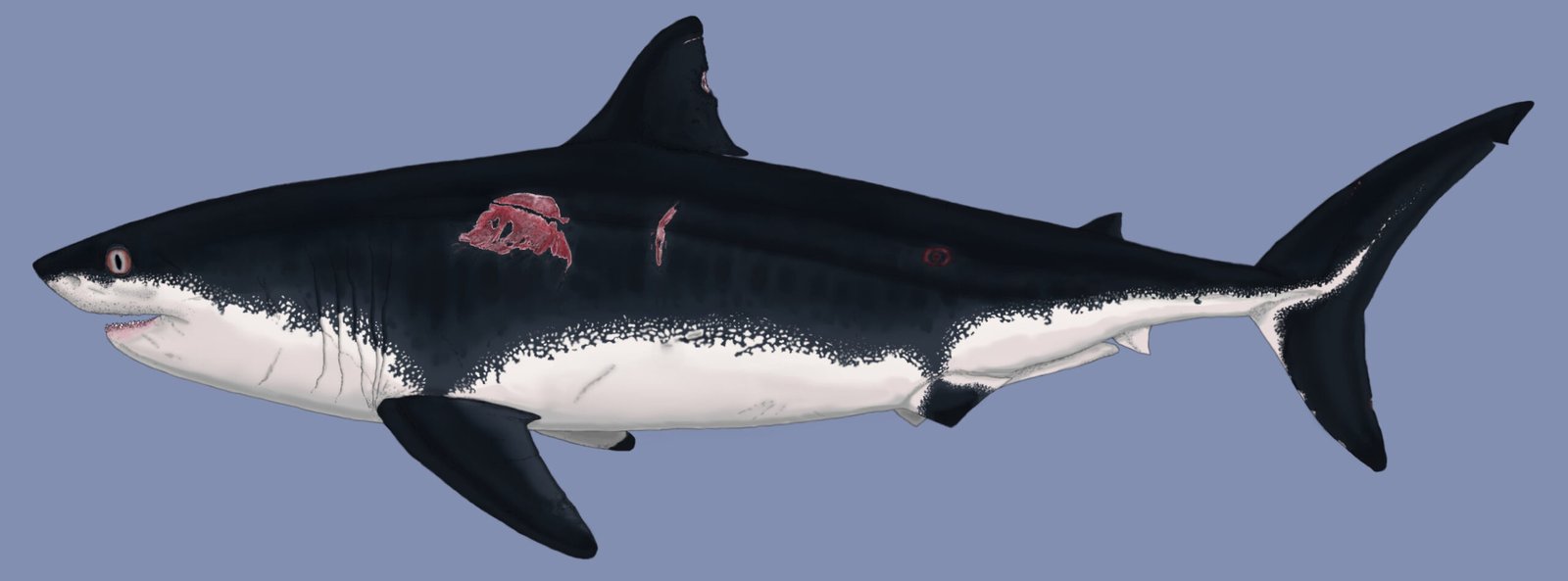
Long before the infamous great white, there was Cretoxyrhina, sometimes called the “Ginsu shark” for its fearsome, blade-like teeth. Growing up to 25 feet long, this prehistoric shark was a swift and deadly predator. Fossil evidence from Kansas shows these sharks fed on marine reptiles, fish, and even other sharks. Their teeth were so sharp and efficient that paleontologists often compare them to the modern butcher’s knife. The Ginsu shark’s role in the ecosystem was vital, keeping the balance among the sea’s many giants.
7. Platecarpus: The Agile Mosasaur
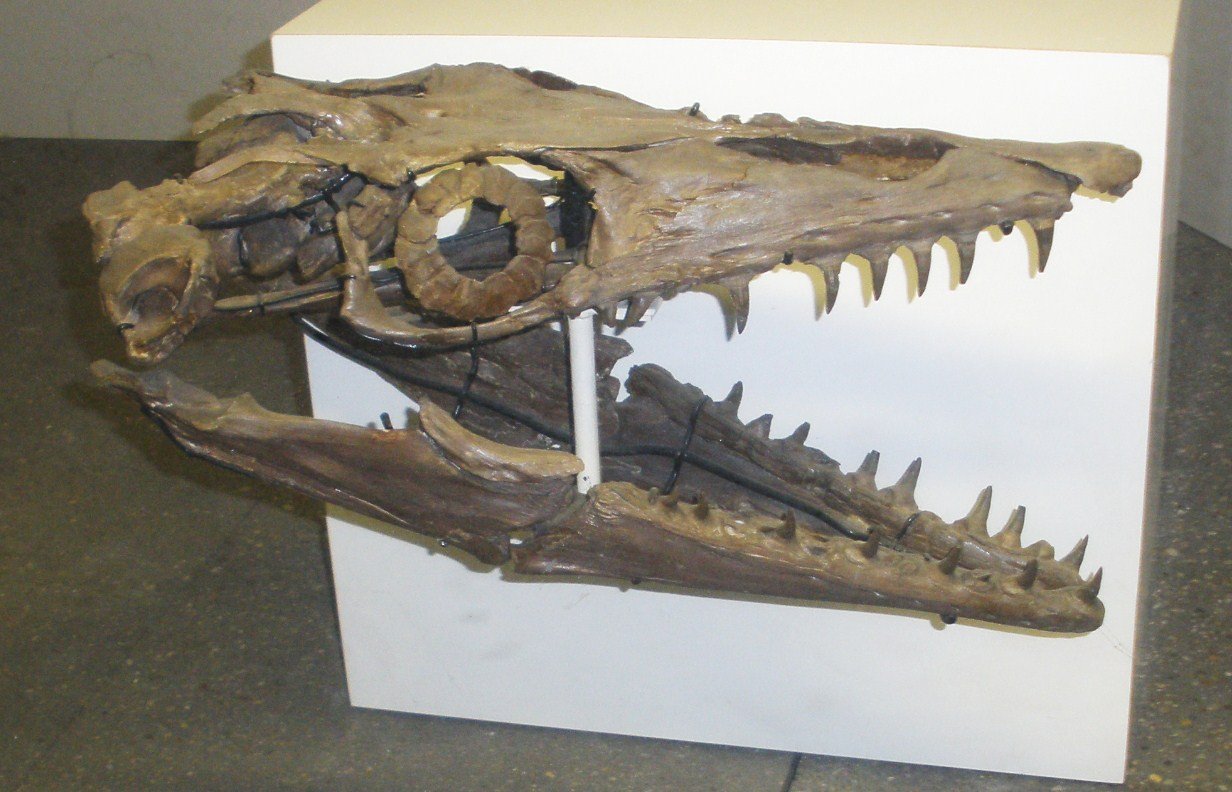
Not all sea monsters were colossal brutes—Platecarpus was a smaller, more agile mosasaur, usually measuring around 14 feet. Its flexible body and strong flippers allowed for quick, darting movements, making it a skilled hunter of fish and squid. Fossils from Kansas reveal Platecarpus had large eyes, hinting at excellent vision, perhaps even in low light. This gave it a unique edge in the battle for survival, allowing it to outmaneuver larger, slower predators. Platecarpus reminds us that in the ancient sea, speed and agility could be just as deadly as size and strength.
8. Clidastes: The Snake-Like Swimmer
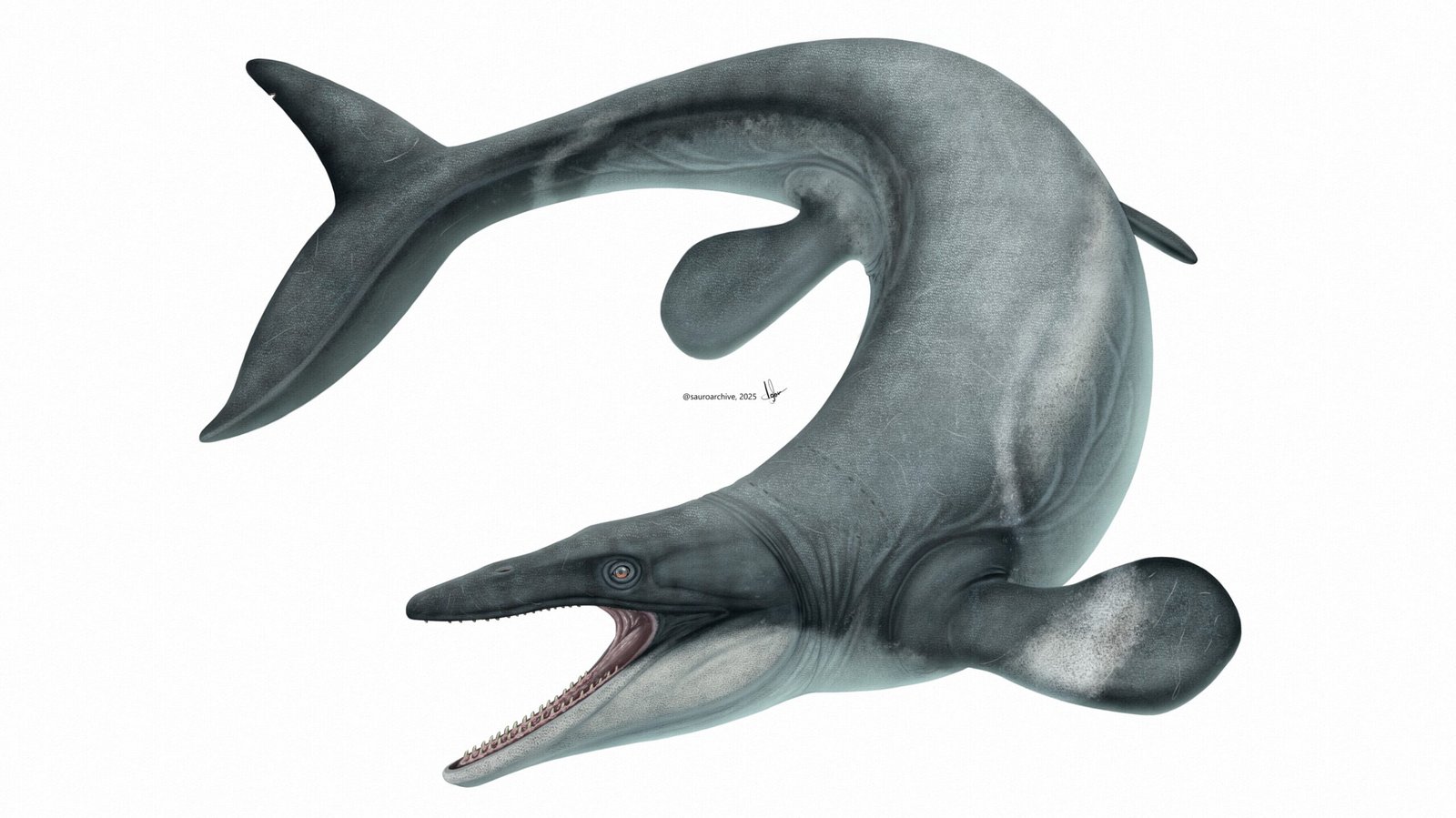
Clidastes was another member of the mosasaur family, but it stood out for its long, slender body and snake-like swimming style. Typically reaching about 12 feet, Clidastes was smaller than its monstrous relatives, but what it lacked in size, it made up for in cunning. Its elongated torso and flexible spine allowed it to twist and turn through tight spaces, ambushing prey that tried to hide among rocks and reefs. Fossils of Clidastes are abundant in Kansas, painting a vivid picture of a nimble predator weaving through the ancient currents.
9. Hesperornis: The Ancient Diving Bird
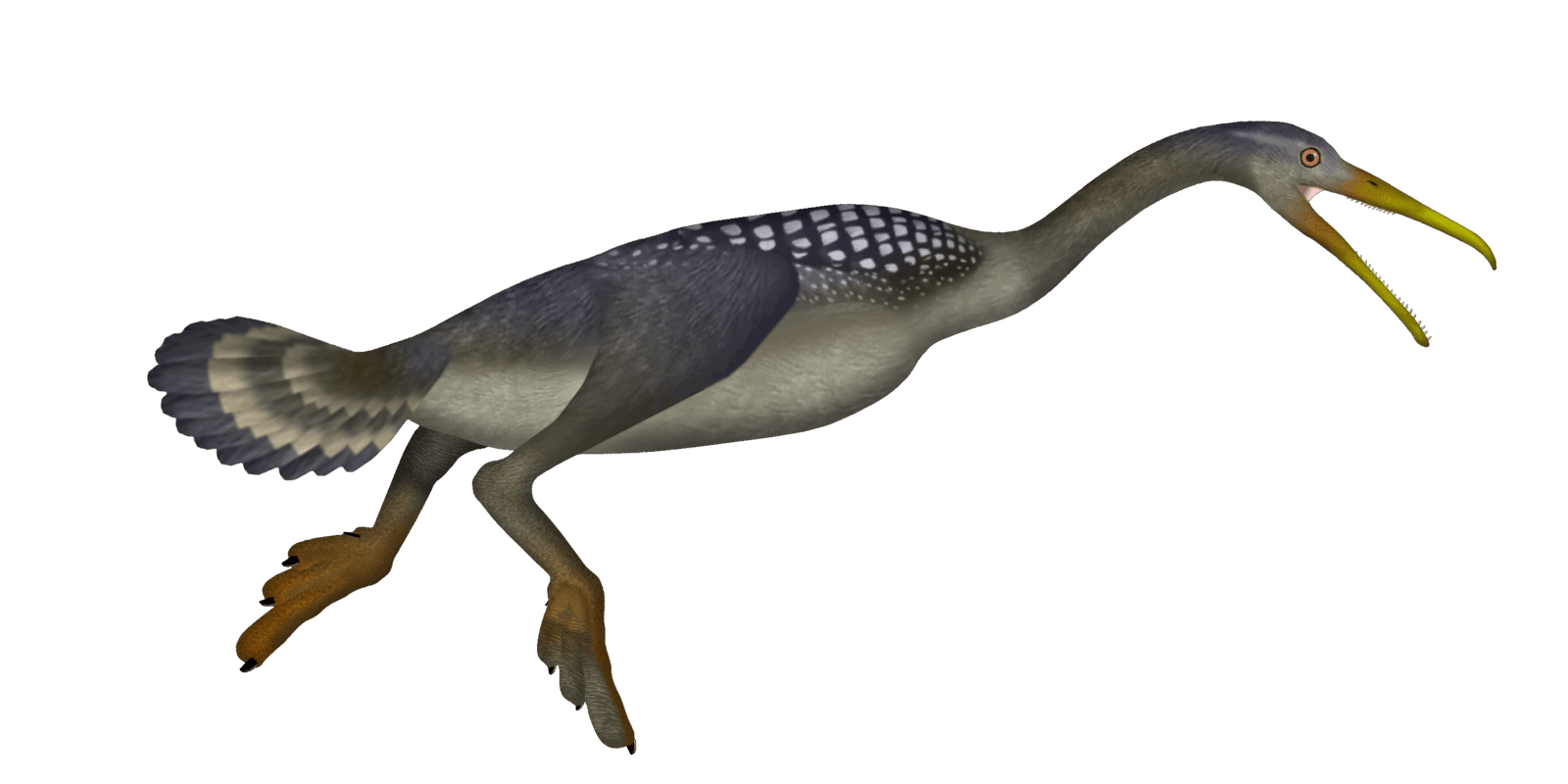
Hesperornis was a flightless seabird that patrolled the Kansas coastline, diving beneath the waves to chase fish. Imagine a bird as tall as a child, with sharp teeth in its beak and strong webbed feet for swimming. Hesperornis was perfectly adapted to life in the water, using its wings as flippers—much like a modern penguin. Its fossils are a window into the evolutionary experiments of the Cretaceous, showing how some birds took to the seas just as mammals would millions of years later. In the ancient Kansas sea, Hesperornis was the unchallenged master of the underwater pursuit.
10. Enchodus: The Saber-Toothed Fish

Enchodus earned its nickname as the “saber-toothed herring” for a reason. This predatory fish, usually about three feet long, had enormous fangs jutting from its jaws—an intimidating sight for any smaller fish nearby. Fossils show that Enchodus was a common meal for larger predators, but it was no pushover. With quick reflexes and a nasty bite, Enchodus was both hunter and hunted, playing a crucial role in the ancient food web. Its remains are some of the most frequently discovered fossils in Kansas, a testament to its abundance and importance.
11. Pachyrhizodus: The Powerful Swimmer
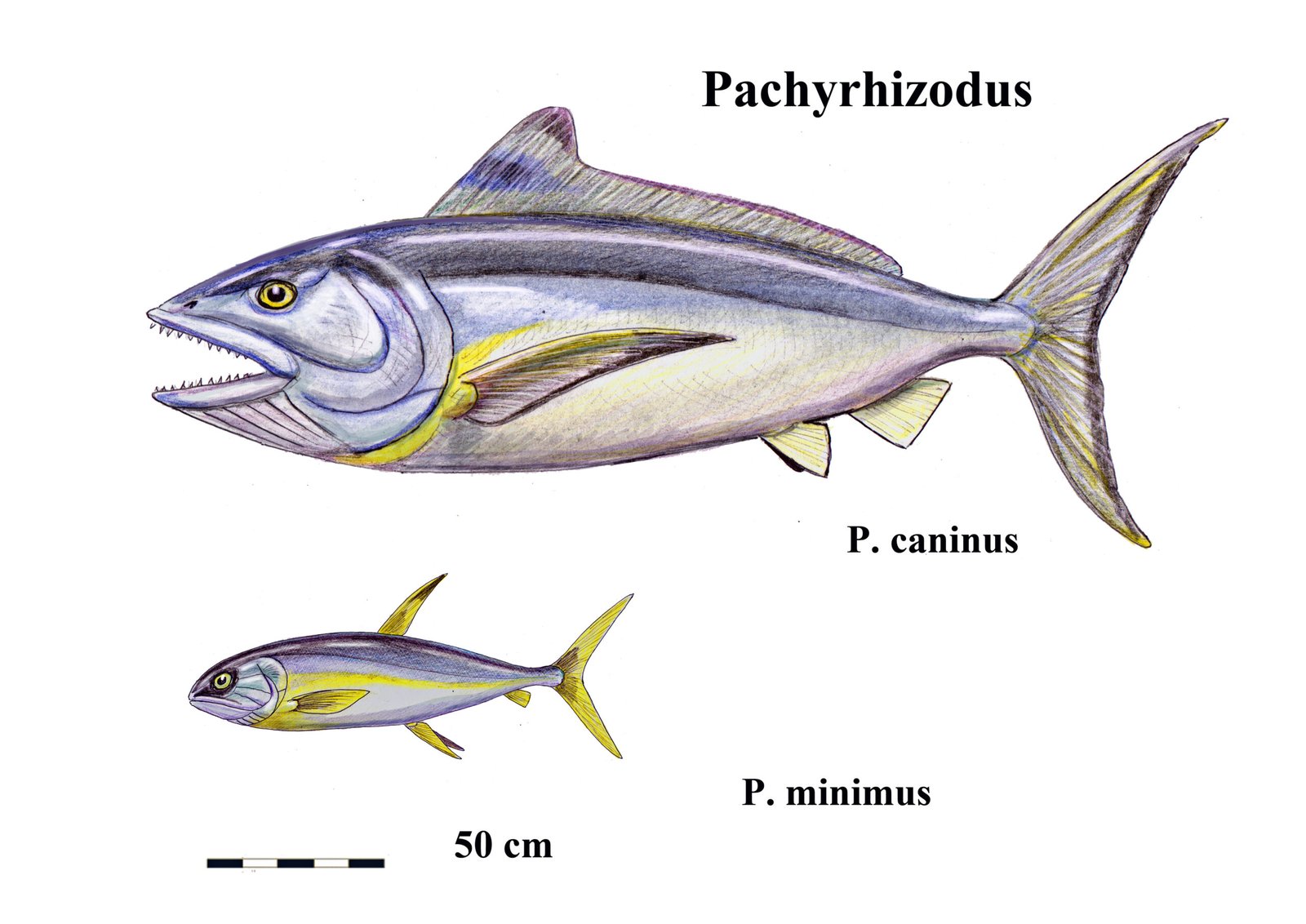
Pachyrhizodus was a fast, muscular fish that sliced through the Kansas sea like a living torpedo. Growing up to six feet long, it had a deep, streamlined body built for speed and endurance. Pachyrhizodus likely hunted in schools, using teamwork to corral and catch smaller fish. Its fossils, often found alongside other major predators, suggest it was a favorite target for creatures like Xiphactinus and sharks. Yet, Pachyrhizodus’s powerful swimming and quick turns made it a challenging catch, evoking scenes of high-speed chases beneath ancient waves.
12. Gillicus: The Prehistoric Prey
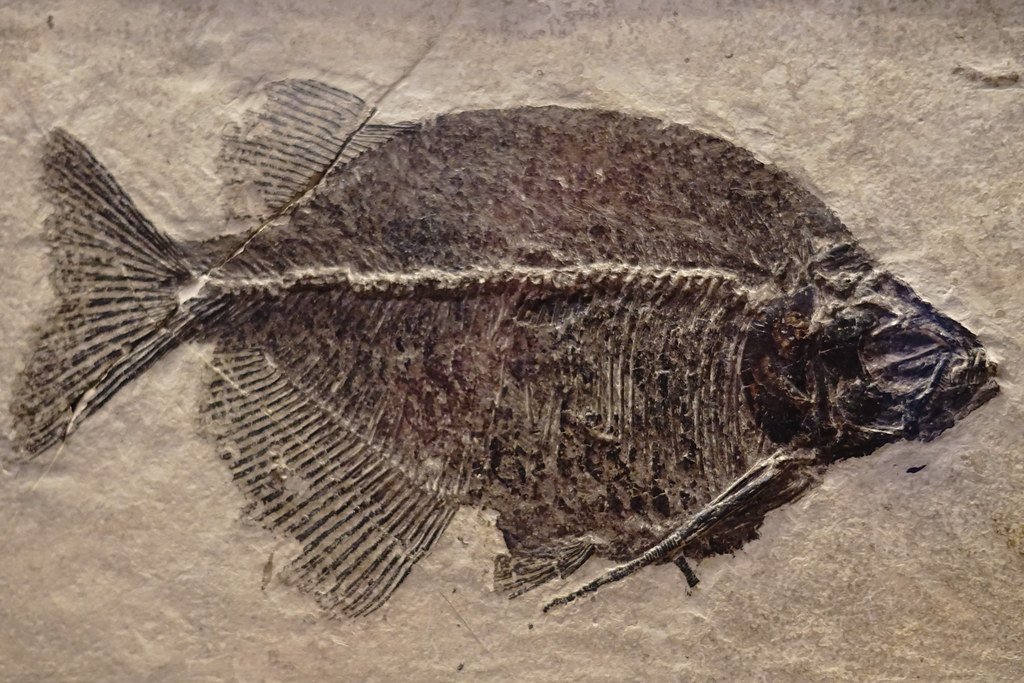
Gillicus may not have been the biggest or fiercest fish in the Kansas sea, but it played an outsized role as prey for giants like Xiphactinus. This slender, silvery fish grew up to six feet long, sliding through the water with gentle undulations. The most famous Gillicus fossil ever found was discovered inside the stomach of a Xiphactinus—an ancient snapshot of predator and prey locked together forever. Gillicus’s story is a reminder that even in the age of monsters, survival was a daily struggle for all.
13. Pecten: The Ancient Scallop
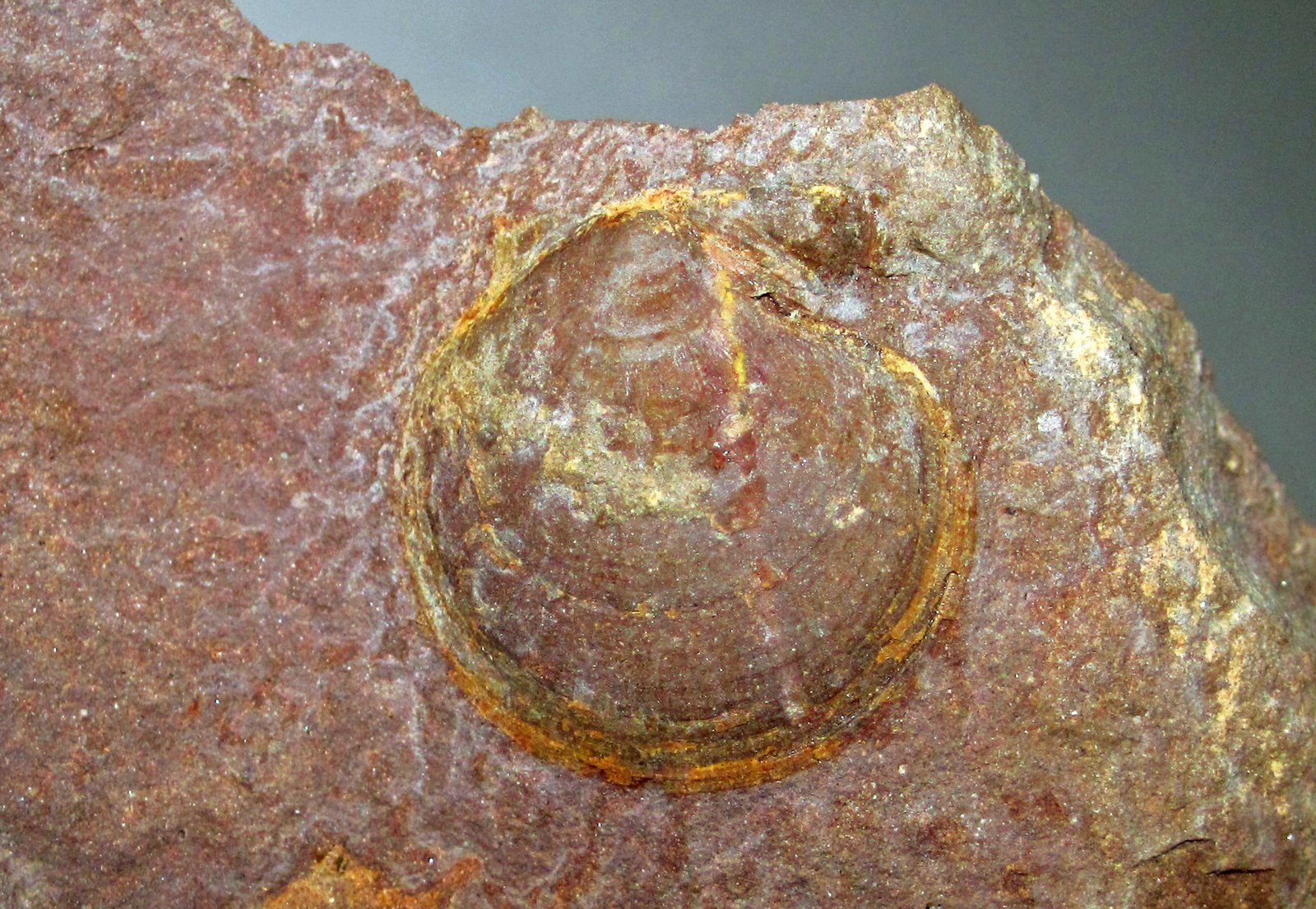
Not every ancient Kansas sea resident was a fierce predator; Pecten, a genus of scallops, filtered nutrients from the water while anchored to the soft seabed. Their beautifully ribbed shells, often found fossilized in Kansas limestone, are a gentle reminder that life in the ancient sea came in all shapes and sizes. Like modern scallops, Pecten could clap its shells to move through the water, escaping danger in a flurry of bubbles. These humble bivalves supported a complex ecosystem, feeding countless other creatures up the food chain.
14. Inoceramus: The Giant Clam
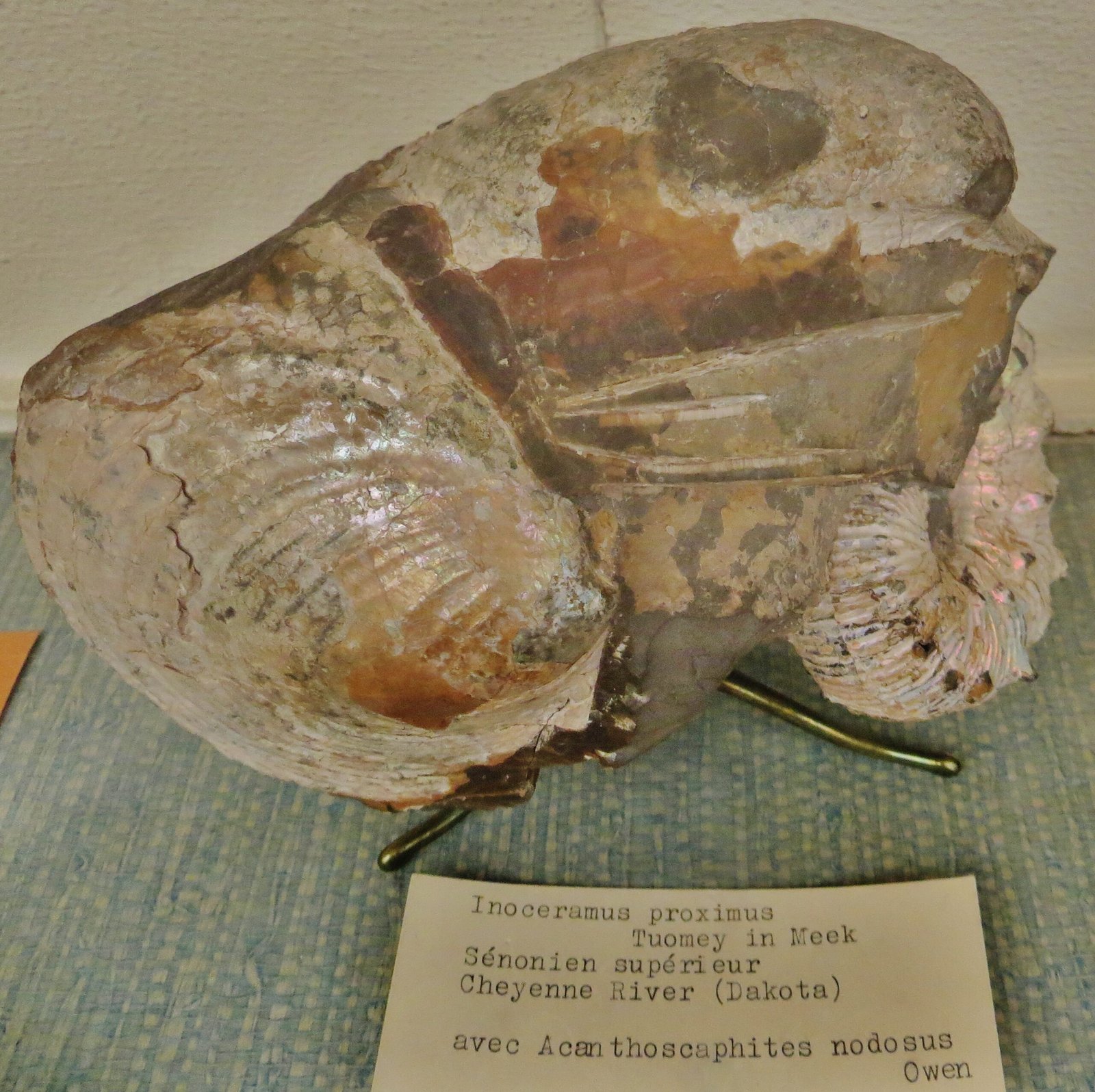
Inoceramus was a bivalve of truly epic proportions, sometimes growing shells over three feet across. Its thick, tough armor protected it from predators, while its soft body filtered plankton from the water. Inoceramus shells are among the most common fossils in Kansas, often forming dense beds that stretch for miles. These enormous clams provided shelter and food for a host of smaller animals, shaping the seafloor community in ways we’re only beginning to understand. Their size and abundance make them a symbol of the ancient Kansas sea’s bounty.
15. Ammonites: The Spiral-Shelled Wonders

Ammonites were squid-like creatures encased in spiral shells, their intricate patterns still dazzling fossil hunters today. These animals floated through the Kansas sea, using jet propulsion to move and their tentacles to snag prey. Some ammonites grew as large as truck tires, while others were tiny, no bigger than a coin. Their fossils are often used to date the rocks in which they’re found, acting as timekeepers of the ancient ocean. Ammonites were everywhere, their elegant coils a reminder of the sea’s endless creativity.
16. Baculites: The Walking Stick of the Sea
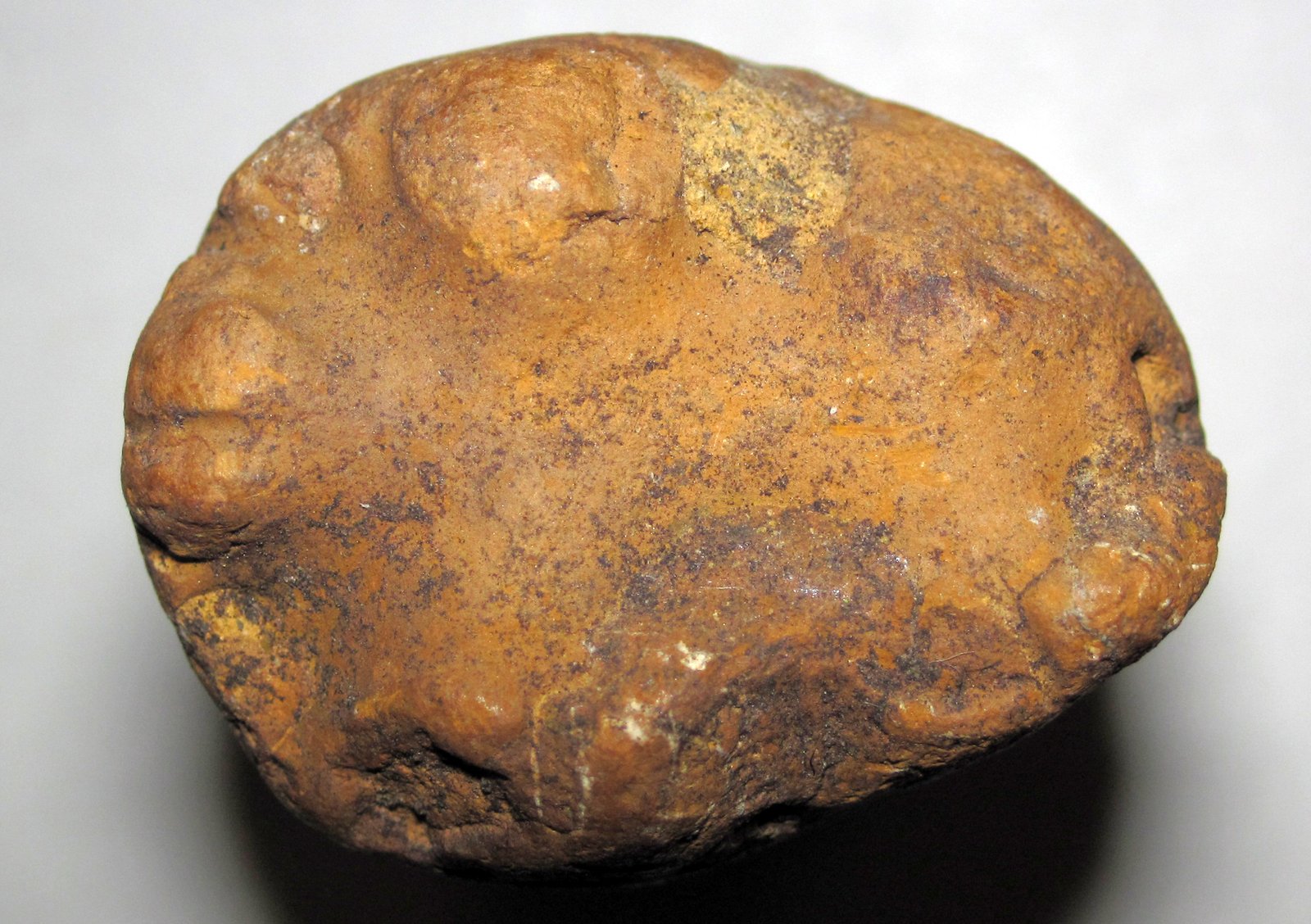
Unlike their coiled cousins, Baculites had long, straight shells—earning them the nickname “walking stick of the sea.” These unique cephalopods glided through the water column, their streamlined bodies perfectly suited for life in open water. Baculites played a crucial role in the food chain, both as predators and prey. Their fossils are so abundant in Kansas that they’re often used as guide fossils, helping geologists piece together the ancient seaway’s history. The straight shell of Baculites stands as a quiet testament to the endless variety of life that once flourished here.
The ancient Kansas sea was a place of astonishing diversity, where predators and prey, giants and minnows, all played their parts in a drama millions of years in the making. The fossils beneath our feet are silent witnesses to a world lost to time, yet they continue to spark our curiosity and wonder. Who knows what other secrets still lie buried, waiting to be discovered?



